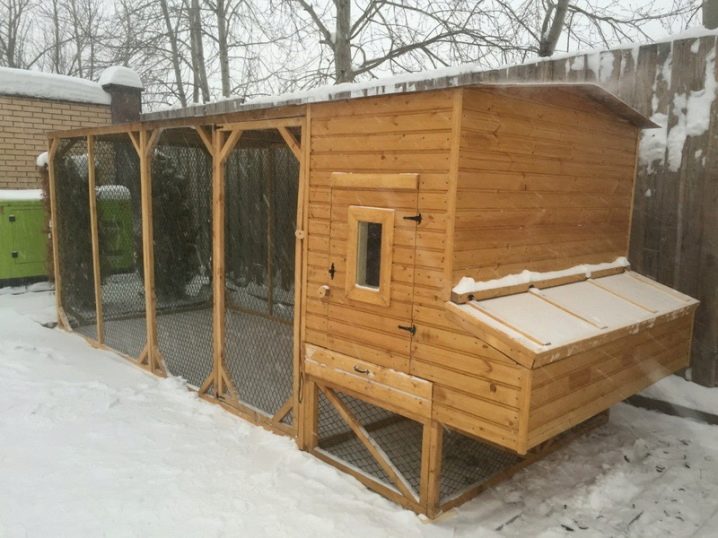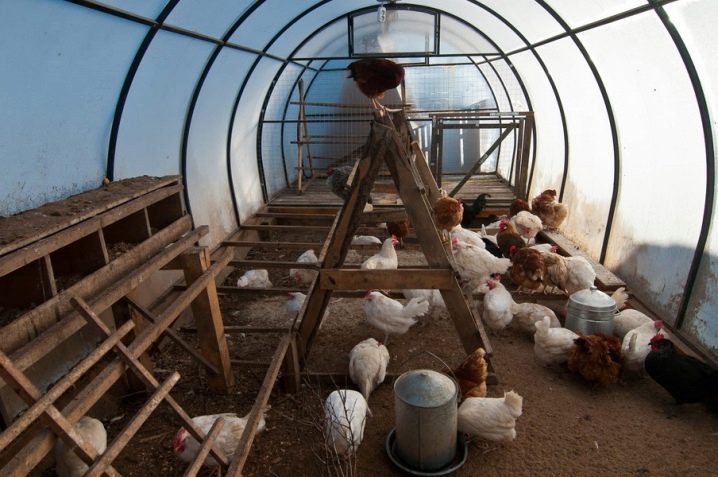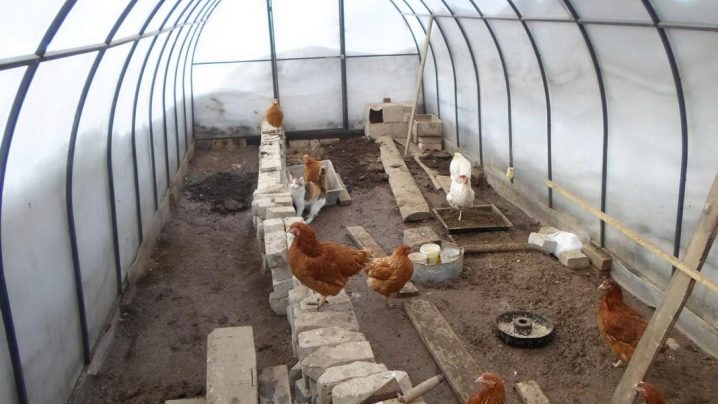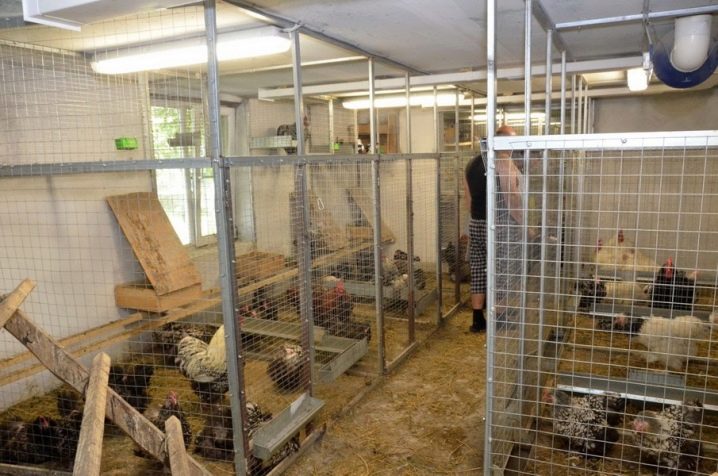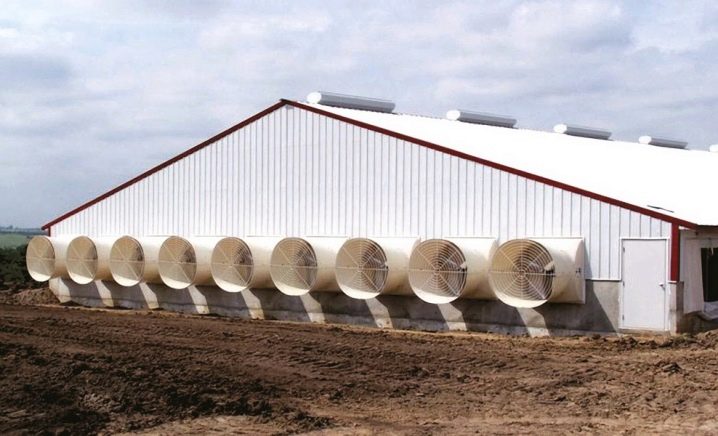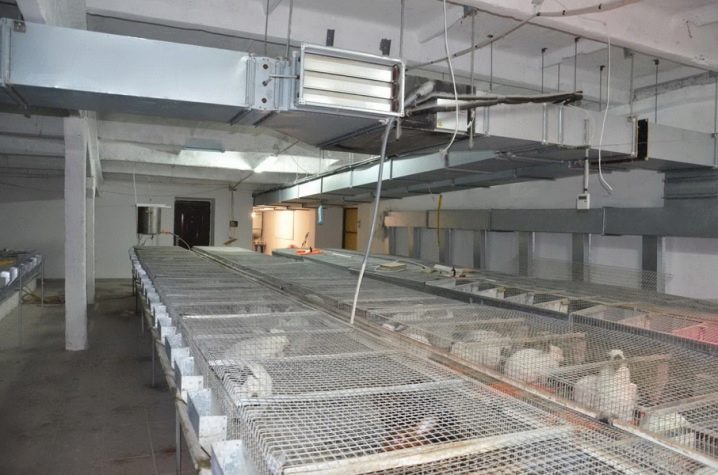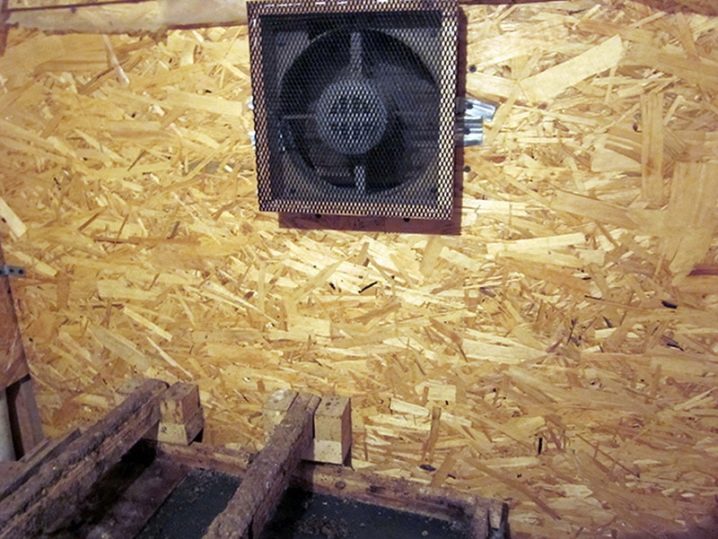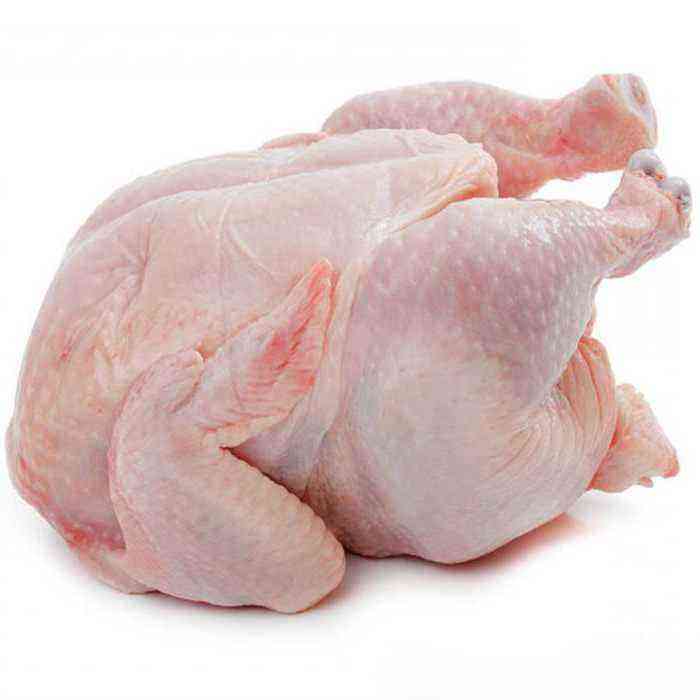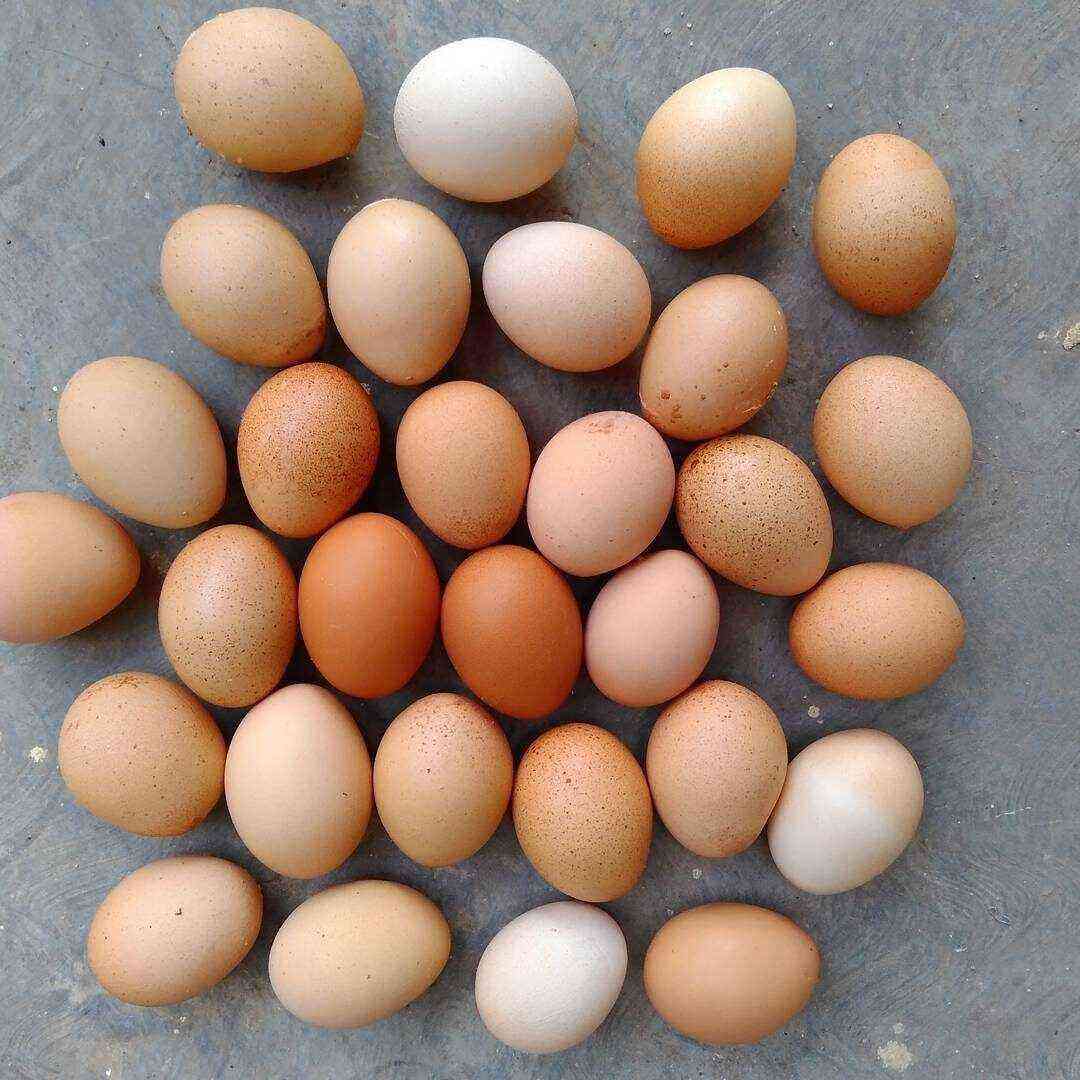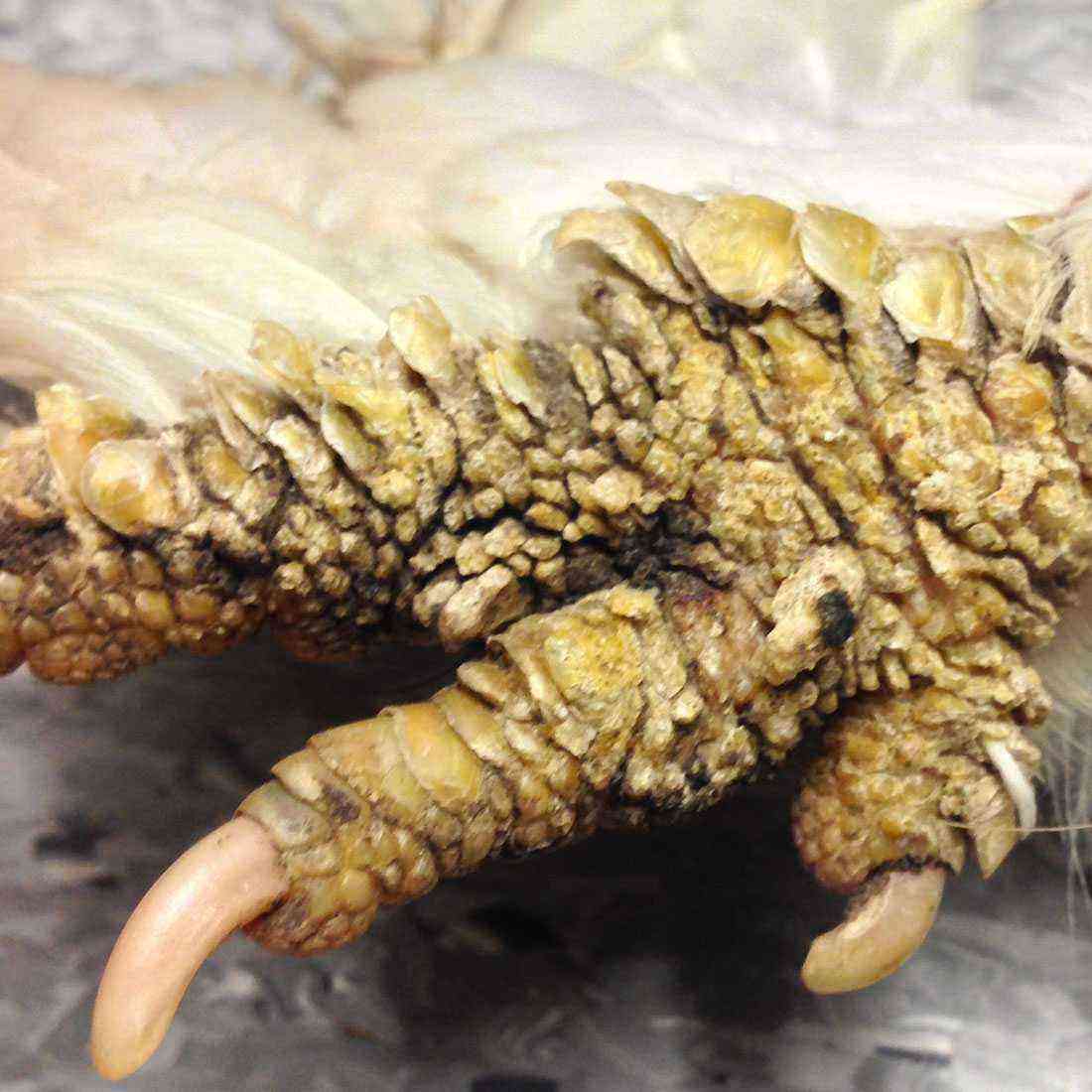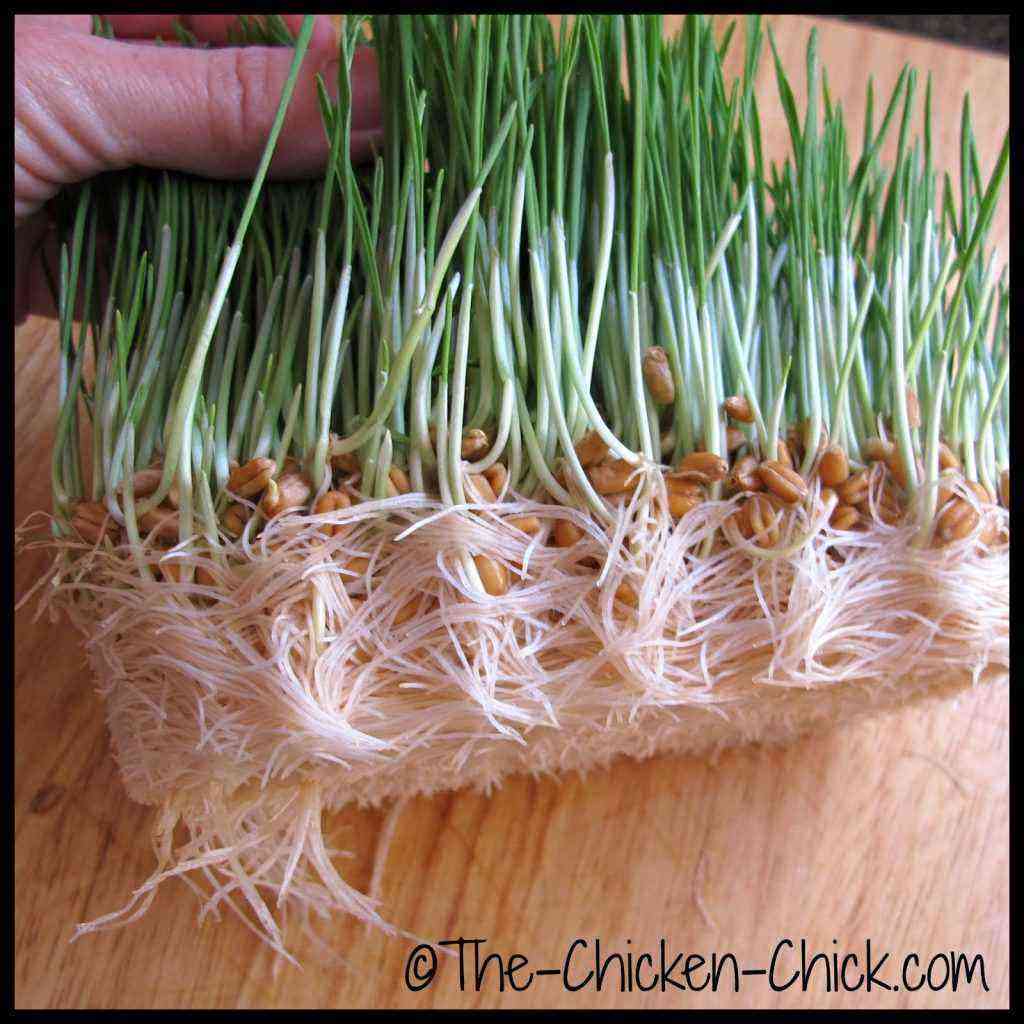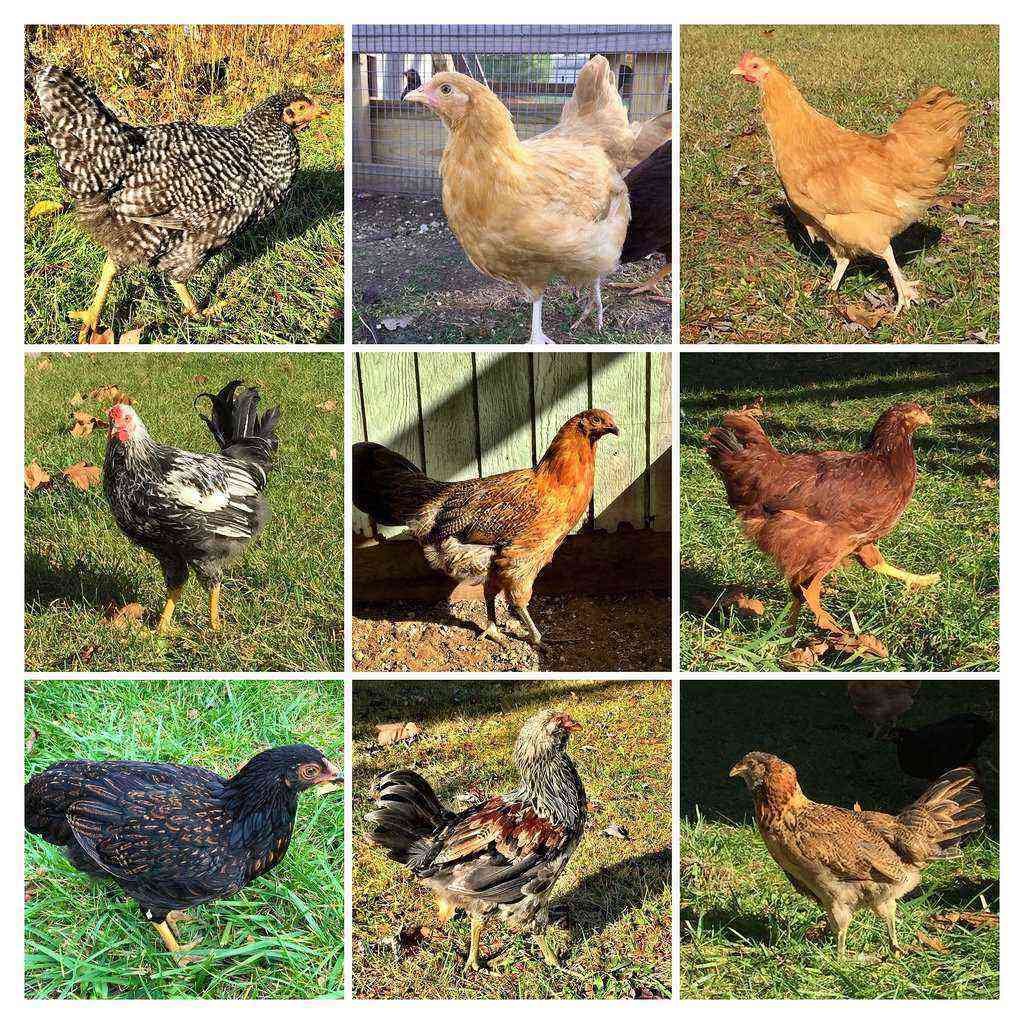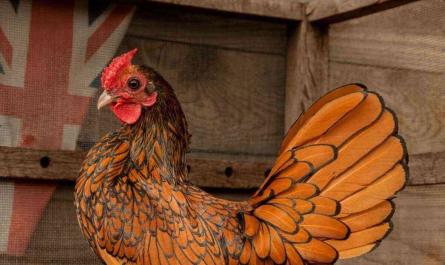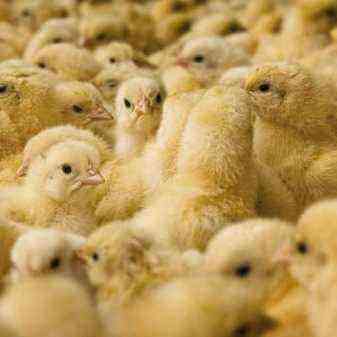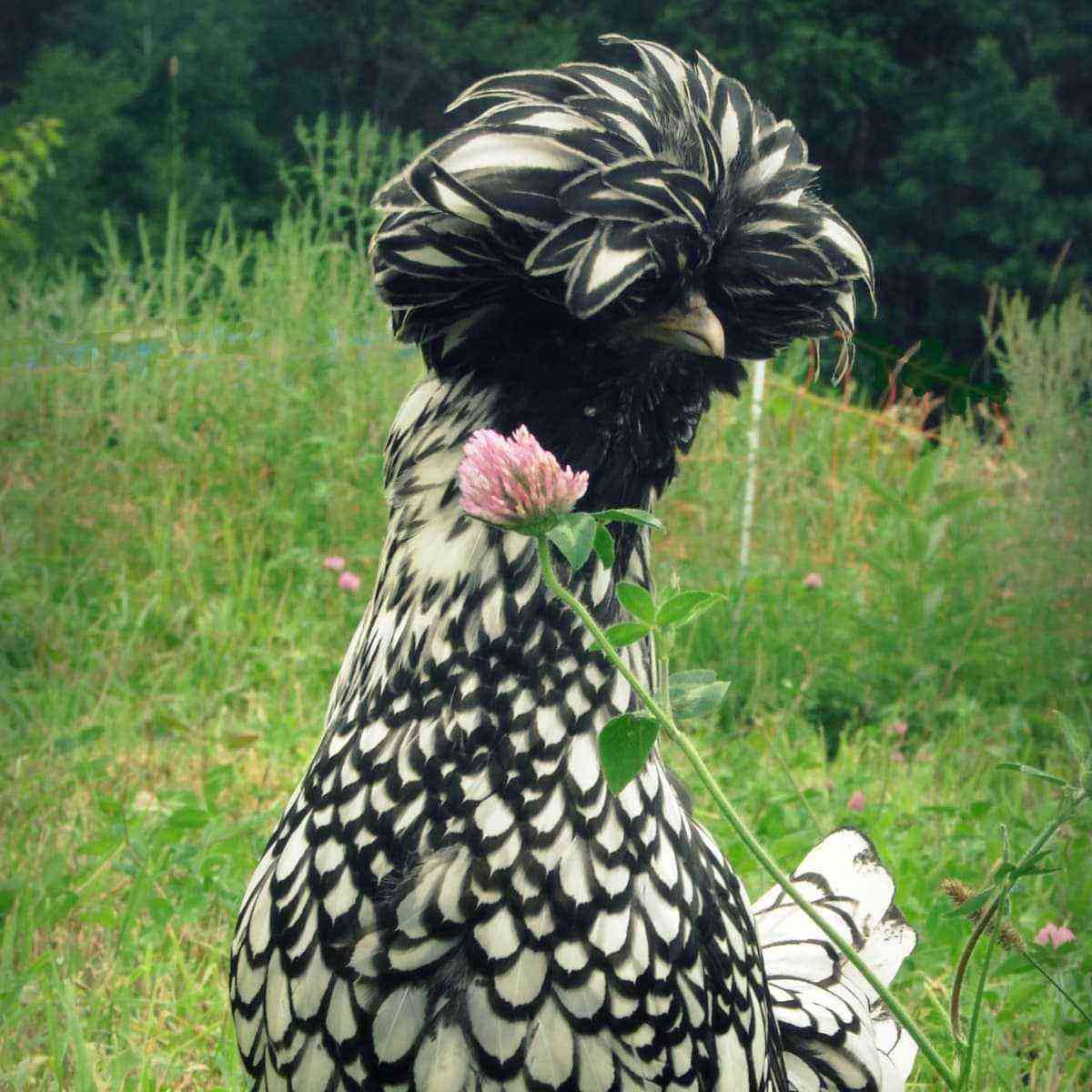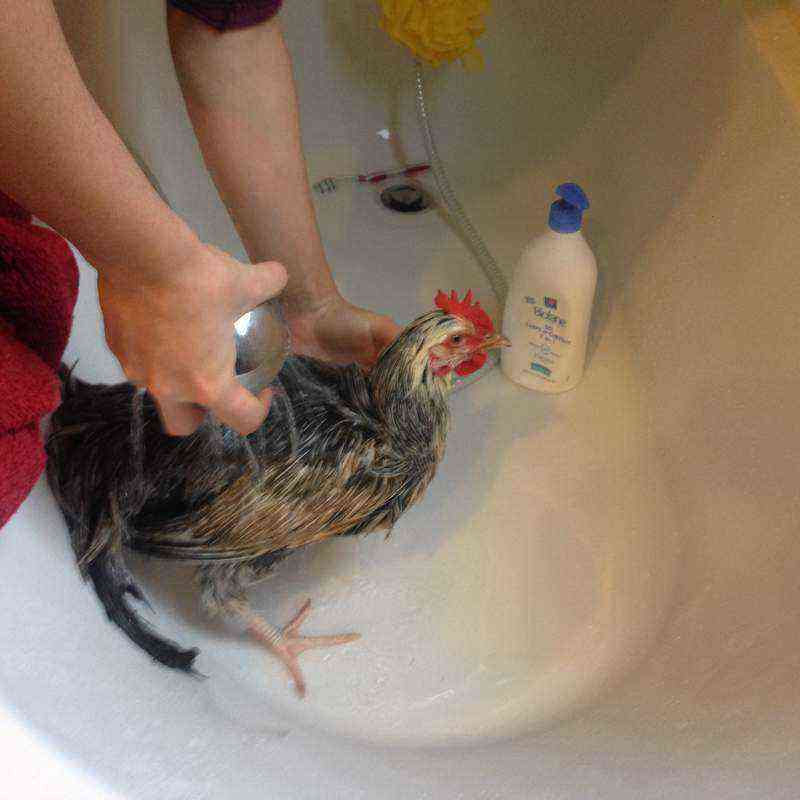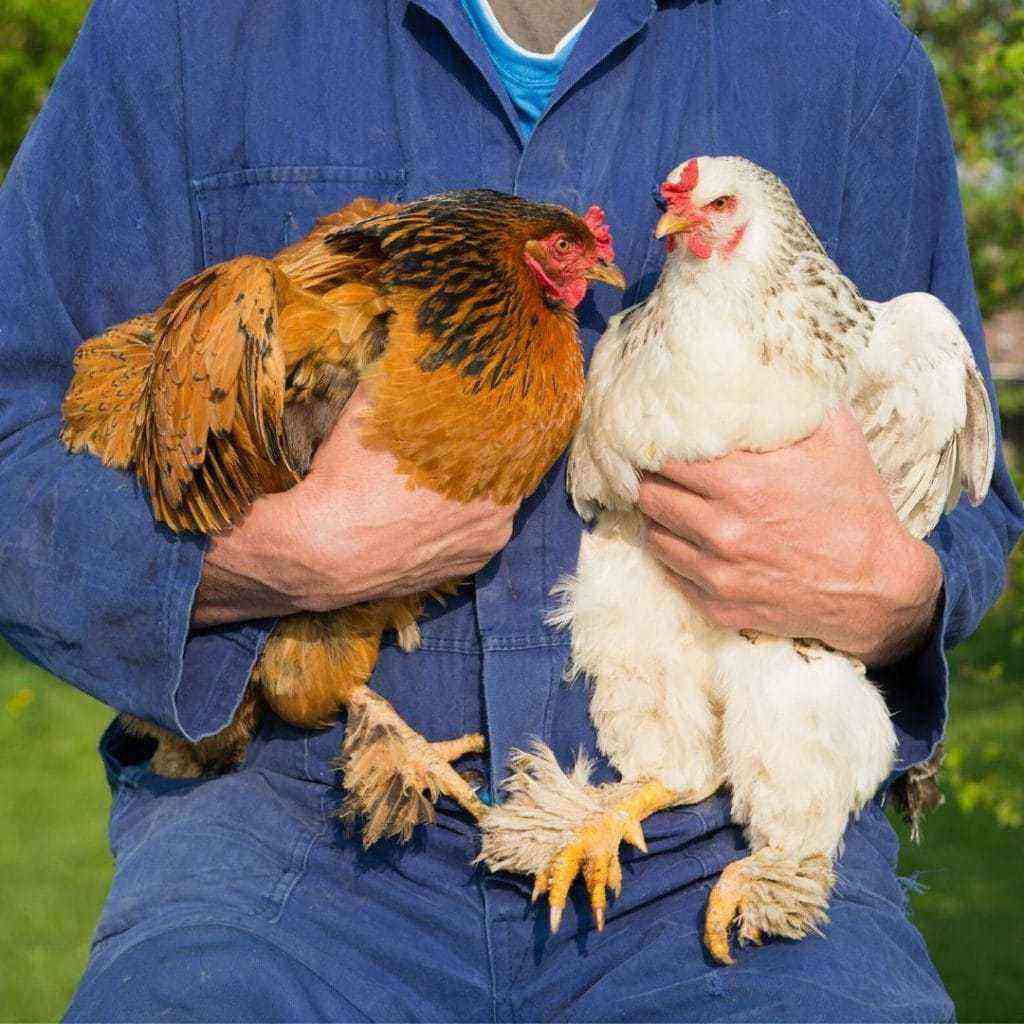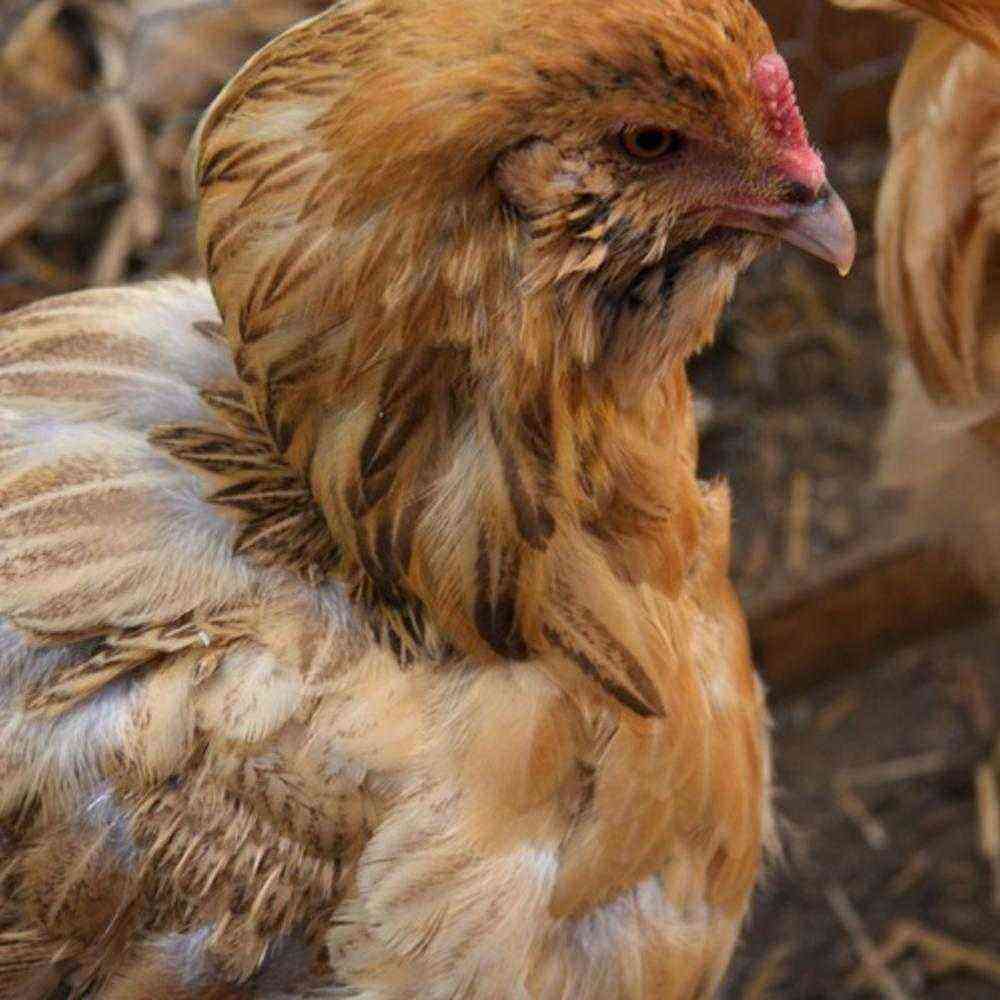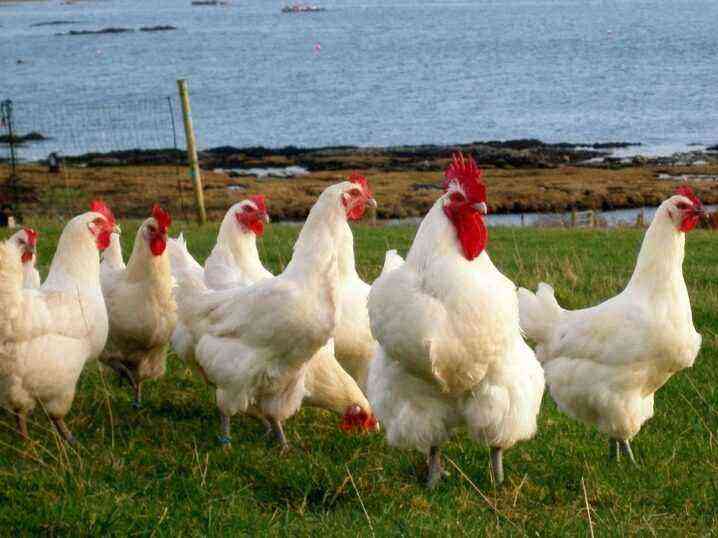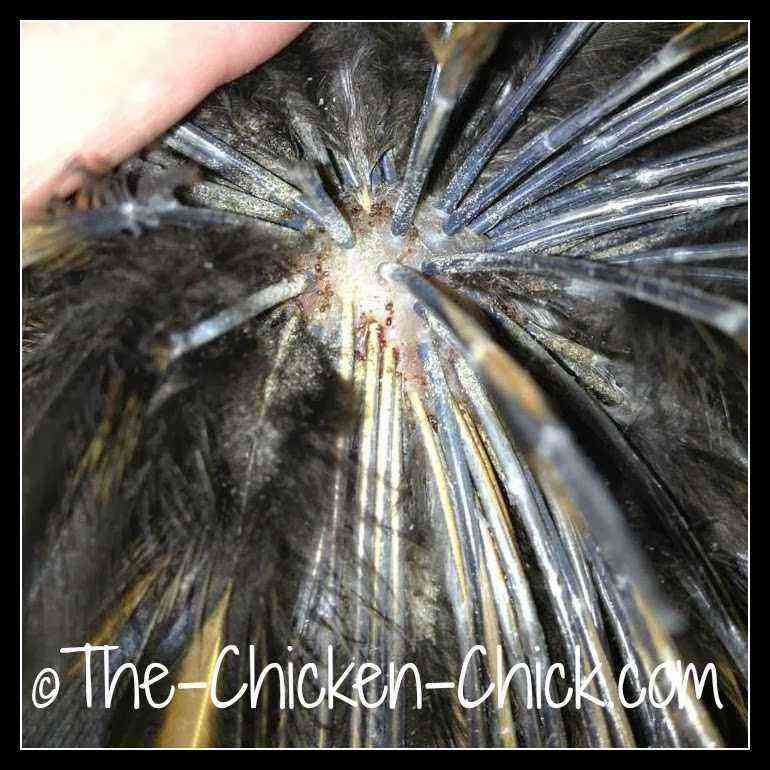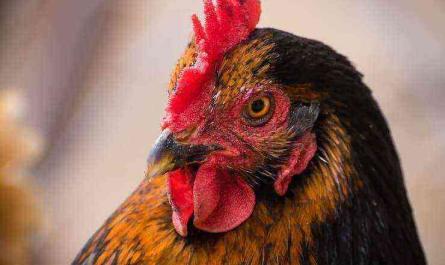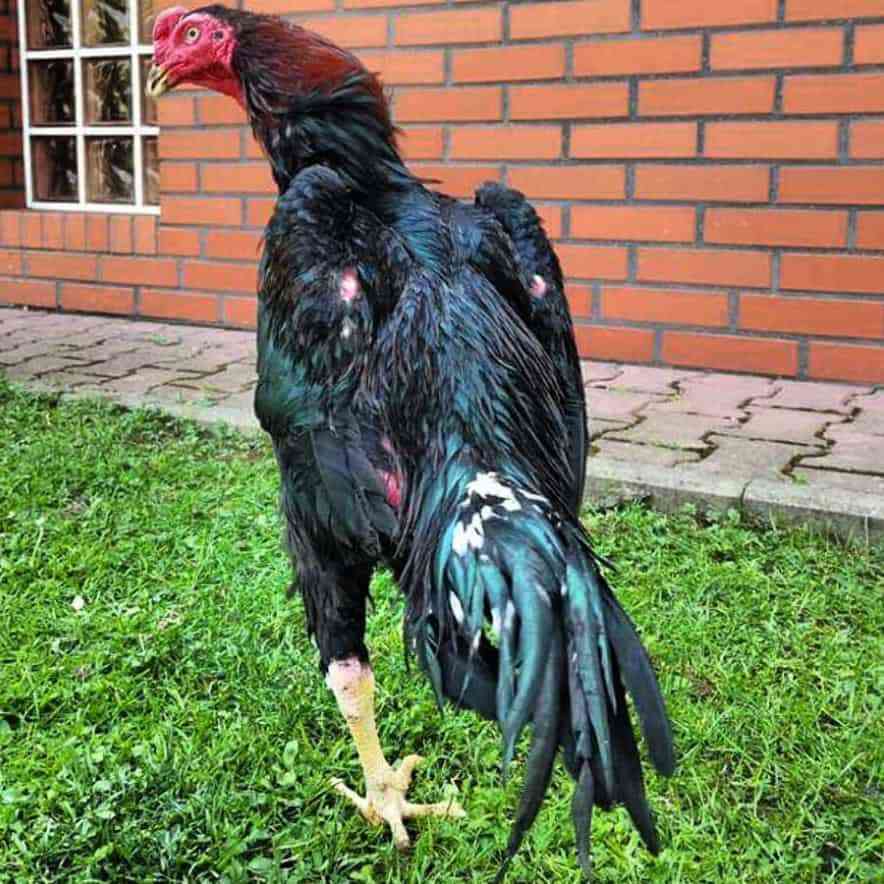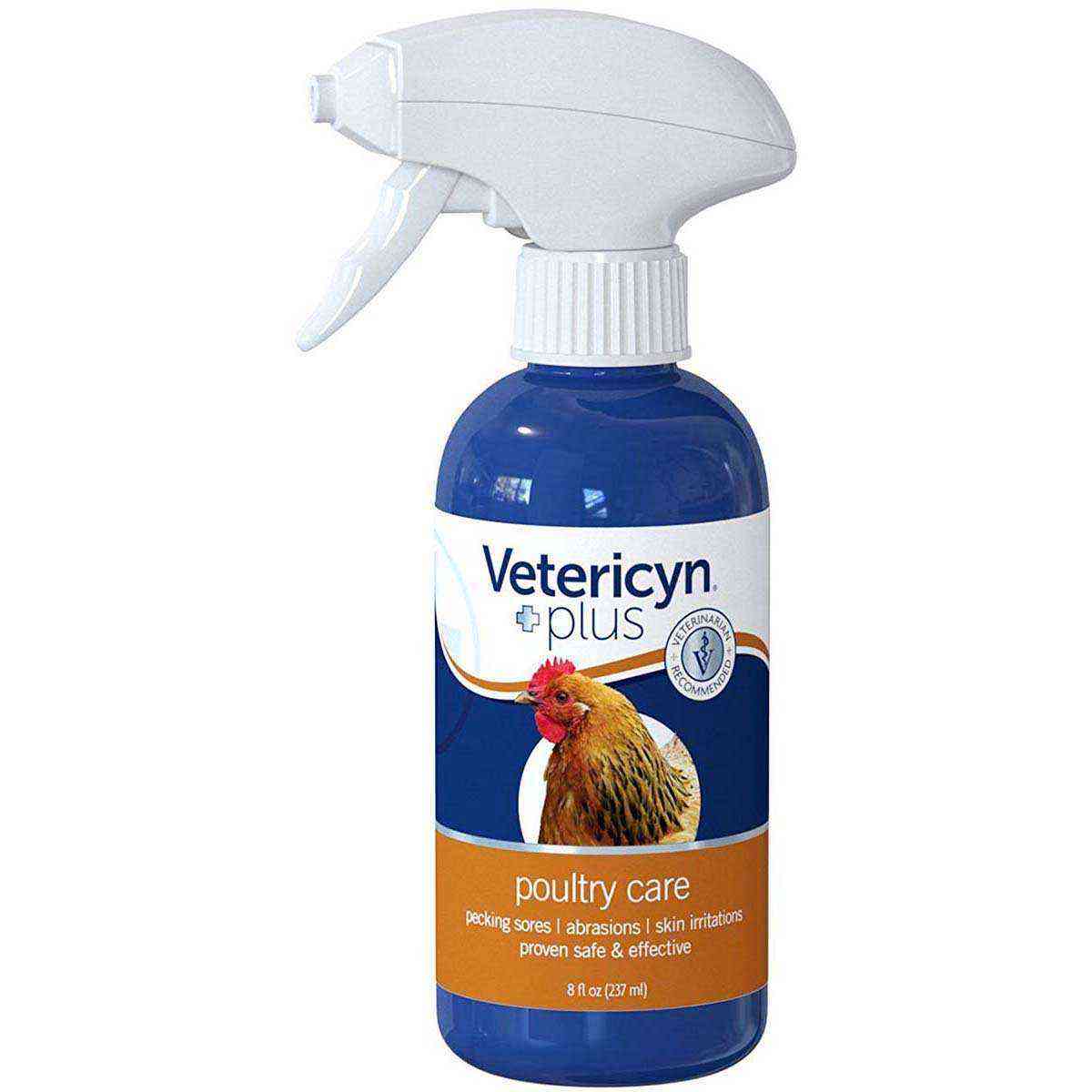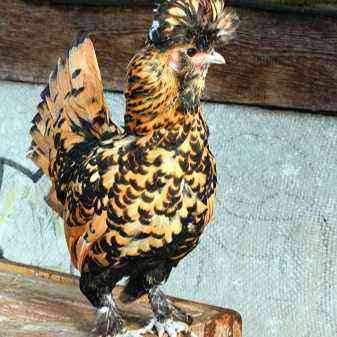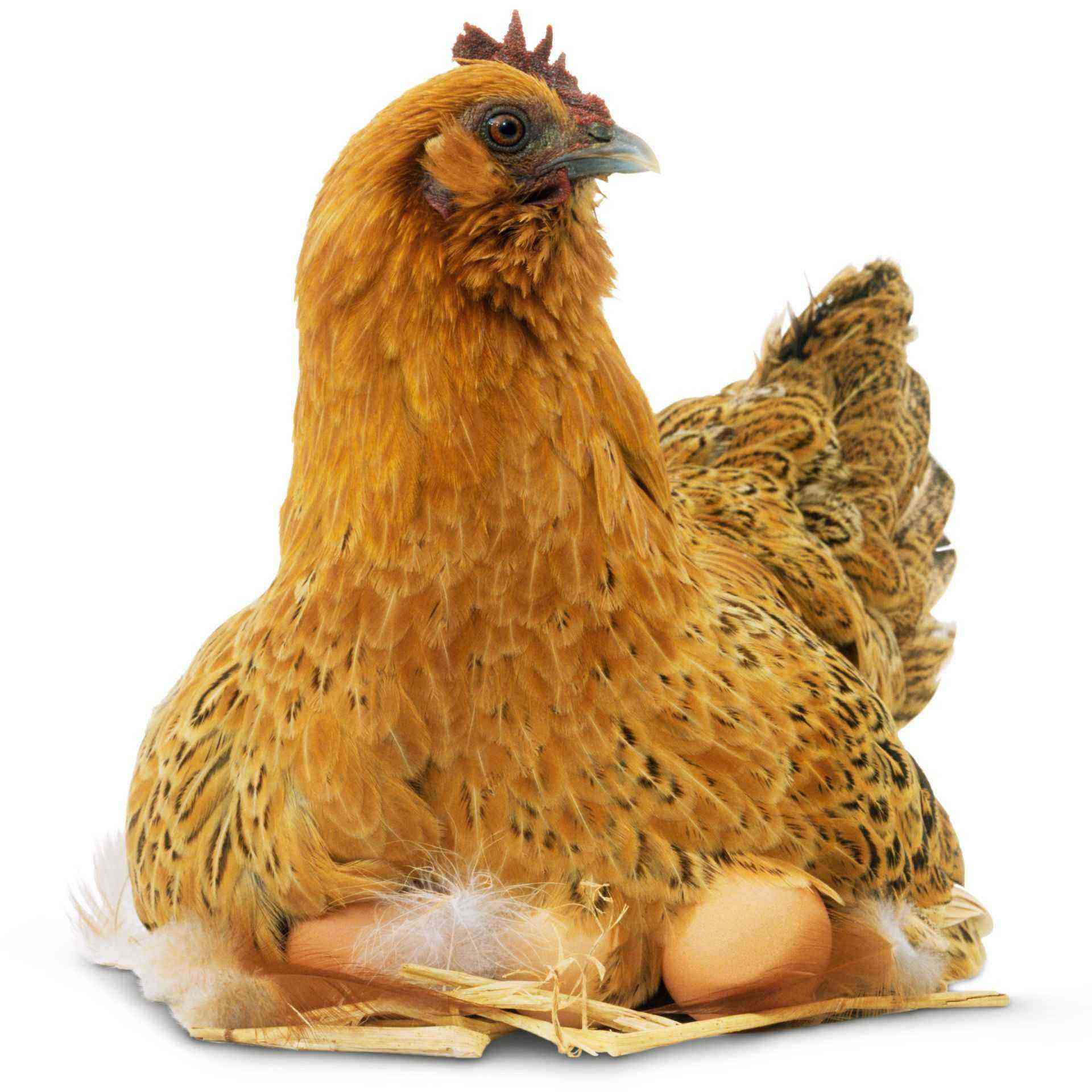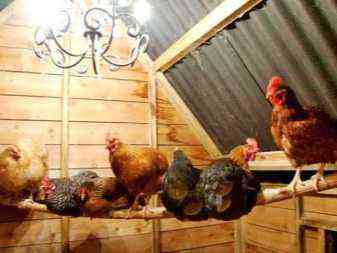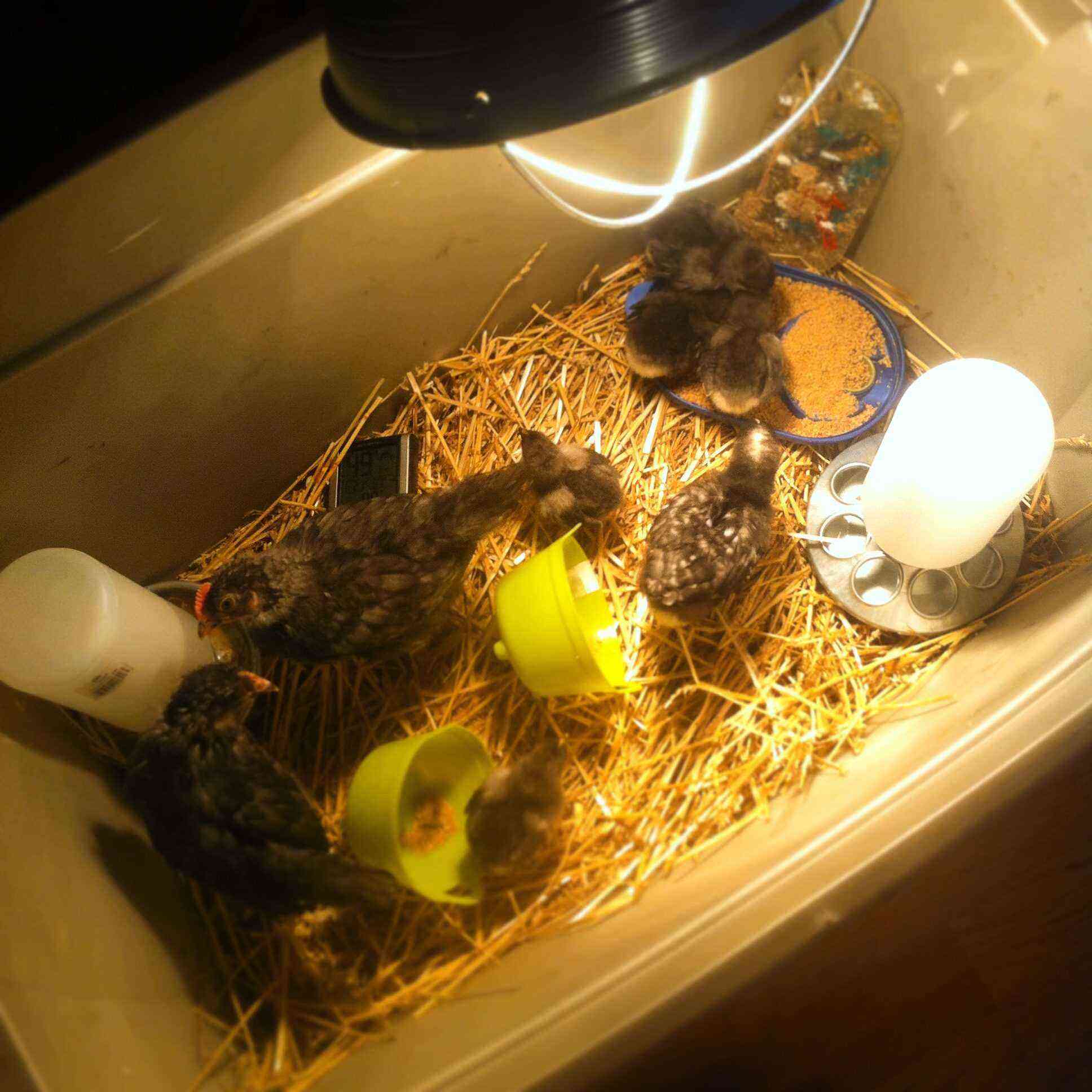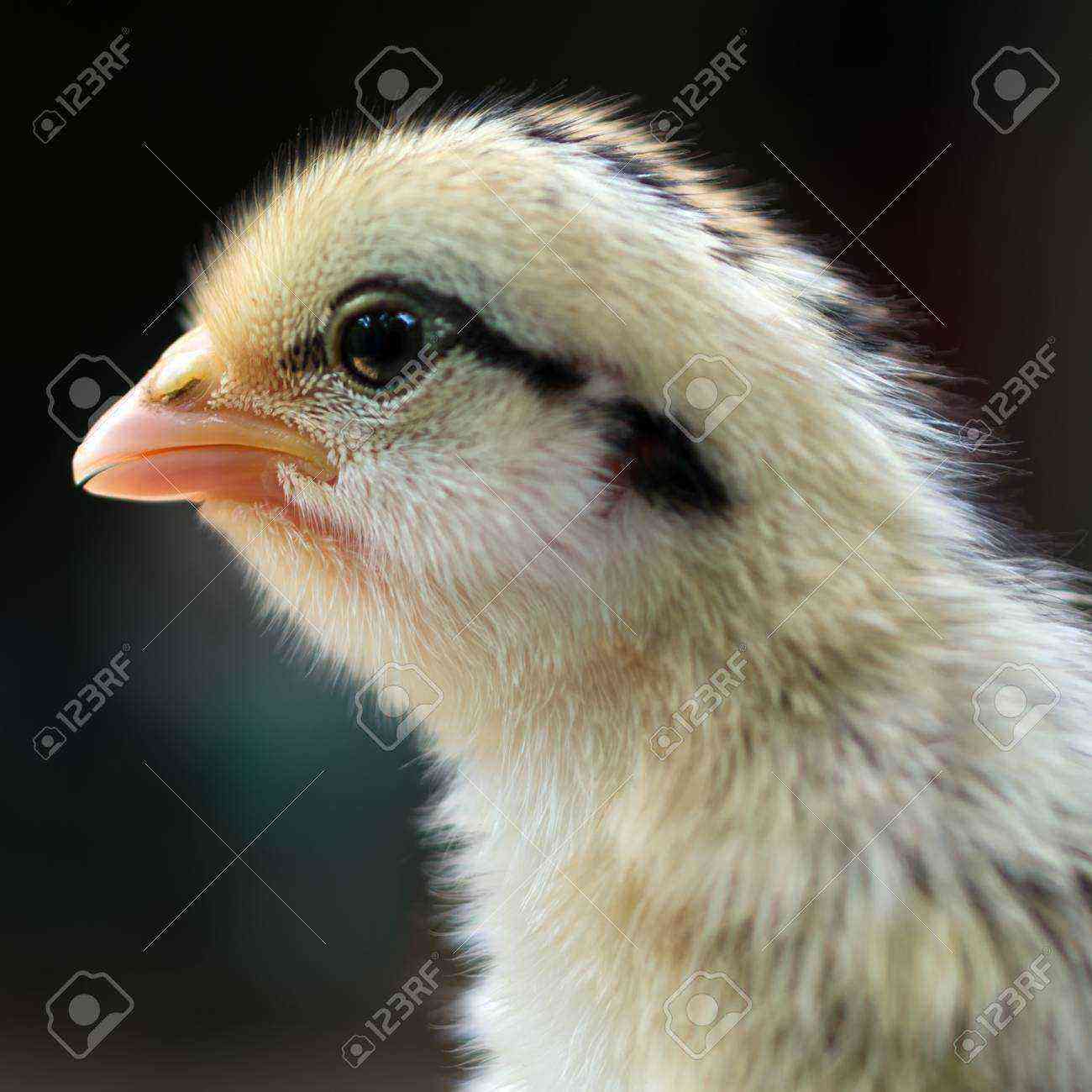What does a breeder want to get when starting to breed chickens? Naturally, many eggs are expected from laying hens and meat gains from broilers. Beginning poultry farmers are sometimes unaware of the obstacles they will need to overcome before optimal conditions for keeping chickens are achieved. Breeding poultry, and especially chickens, means providing yourself with constant chores in order to achieve the greatest return. To achieve good results, it is necessary to keep the house clean and tidy. But this, of course, will not be enough. It is important to prevent stagnation of air in the chicken coop, especially in the cold.
Poultry waste products emit ammonia fumes, which have an extremely negative effect on the health of chickens. Therefore, it is worth considering in more detail the options for constructing ventilation and how to install it in a chicken coop. First of all, it is necessary to ensure the correct functioning of the ventilation system.
Judgments that to create a hood it is enough just to drill a few holes are incorrect. The chicken is an unpretentious bird and everyone who lives in the countryside or in a private courtyard keeps this bird. Despite the fact that chickens can be kept without special conditions in a small chicken coop, experienced breeders try to provide ventilation, taking into account all the features of the room and the number of poultry.
What is ventilation and what is it?
Ventilation of the room is designed to provide the necessary air exchange, that is, stagnant air should be replaced by clean, fresh oxygen.
Reasons why ventilation is necessary in a chicken coop:
- As already mentioned, bird droppings are capable of releasing ammonia. An unpleasant smell in the room is only half the trouble. Vapors of this gas can harm the body of a chicken, causing severe poisoning. Yes, and the owner of the poultry house may have health problems after a long stay in an unventilated room. Most ammonia accumulates in winter, when the owners close up all the cracks, keeping warm.
- Ventilation of the chicken coop allows you to adjust the level of humidity. Excessively dry air is harmful to the bird, as well as too humid. The highest concentration of moisture is observed in the cold, when there is an intensive release of moisture from the litter, as well as the evaporation of water from the drinkers. Dryness in the room occurs during the summer heat. The ventilation system is able to adjust the optimal climate balance in the chicken coop, which has a very beneficial effect on the well-being of the bird.
To achieve the best results in the operation of the ventilation system, it is necessary to remember a few important rules.
- The amount of oxygen must be sufficient for each bird. The larger the number of chickens, the more clean air will be needed. You can get an excellent result only by competent selection of equipment for mounting the hood.
- The ventilation process must be necessarily regulated so that there is no danger of freezing of the bird. To do this, it is enough to supply all air ducts with dampers, which allow air to flow in small portions.
- The hood should not only change the quality of the air in the chicken coop, but at the same time save heat. In cold weather, the supply air ducts are usually covered with a fine mesh. Well, during severe frosts, the air supply is completely blocked.
It is impossible to achieve the desired efficiency from the ventilation system if the room is not kept clean. The waste products of the bird emit so many vapors that it is sometimes impossible to cope with caustic fumes by forced exhaust with powerful fans.
Device and types
In most cases, a simple hood or a supply and exhaust structure is mounted in the chicken coop. Both options do not require high labor costs, and it will not be difficult for the poultry farmer to do all the work on his own. In some cases, poultry breeders prefer to install a supply and exhaust system, which is generally considered to be more efficient and at the same time easy to install. A more expensive type is mechanical ventilation, which is installed in spacious rooms where there are a lot of birds. It is worth dwelling on the main types of structures in more detail.
Natural ventilation
If the area of uXNUMXbuXNUMXbthe room where the chickens are kept is not very large, then in this case you can use the simplest method of through ventilation. This is a fairly inexpensive and primitive version of the air exchange equipment in the chicken coop. To do this, it is necessary to make small ventilation holes in the walls; Well, the ideal solution would be the presence of windows or vents in the room. The openings above the door perfectly cope with the flow of incoming air, breaking it into small swirls, thereby reducing the overall draft. Small windows or vents are also great for gentle ventilation. Such a well-arranged type of ventilation allows you to protect livestock from strong drafts.
In the cold season, the use of such ventilation will not be very profitable, since in this case the cost of heating the chicken coop will be added. In summer, on the contrary, windows are not only an element that provides an influx of clean air, but also a source of natural light. Chickens, as it turned out, prefer to rush only during daylight hours.
Supply and exhaust system
This method of ventilation is considered a more thorough and effective option, in addition, the entire structure can be made by hand. The principle of operation of such a system is based on the creation of an exhaust and an influx of air mass. Before starting installation work, it is advisable to first draw up a layout of the exhaust and supply openings in order to avoid unnecessary alterations in the future.
The principle of arranging ventilation is as follows.
- It is necessary to purchase two plastic pipes with a length of no more than two meters and a diameter of no more than 20 cm.
- Further, holes are made in the roof along the width of the pipes. One of the holes should be located directly above the perch, and the other in the area where chickens are least frequent.
- The pipe, which is supposed to draw poisonous fumes from the nests, should be erected to a height of about one and a half meters from the roof. At the same time, it should be brought down by about 30 cm in length. At the top of the pipe, you can install a deflector that will cut through the wind flows directed towards it, which will increase the draft of the exhaust air duct.
- The second pipe is located 20 cm from the floor, as this is required for the flow of clean air into the room.
- Outside of the pipe it is desirable to protect from precipitation.
- If all work is done correctly, then this ventilation option will completely eliminate heat loss in the chicken coop.
This method of ventilation is also available in the cold season, having, in particular, the following advantages:
- uninterrupted operation without human intervention;
- no payment for electricity;
- The system works silently and does its job perfectly.
Some poultry farmers put a fan in the exhaust pipe, which helps to activate the movement of air masses.
Mechanical or forced ventilation
This method of airing the room is suitable for chicken coops with a large area and a large number of birds. In this situation, the problem with ventilation cannot be eradicated just by installing windows or vents. The purchase of an axial-type fan, which is fixed inside the window, will help find a solution. This type of ventilation is sometimes called combined.
For large farms, there is another ventilation scheme using industrial fans:
- the first step is to calculate the dimensions of the chicken coop in advance;
- summarizing the results obtained, it is necessary to calculate the optimal amount of air that will be required for the comfortable life of the bird;
- after all the calculations are completed, you can get to work;
- in the walls of the chicken coop, opposite each other, powerful industrial fans are mounted;
- from the fans it is necessary to remove the pipes outside the room;
- the system is ready to go. One of the devices is responsible for the air supply, the second – for the exhaust. At the same time, an air mass circulation is formed inside the chicken coop, the excess volume of which will be taken out of the chicken coop.
This method of ventilation can become very expensive, so it makes no sense to use it in private courtyards. The effectiveness of simple ventilation methods is no worse.
Advice of professionals
Any inexperienced master can make typical errors when installing ventilation. If the design works in such a way that it is absolutely impossible to get rid of stagnant air or the room cools quickly, then somewhere an oversight has crept in when drawing up the scheme. When planning and subsequent installation of the system, it is necessary to correctly position the flows of air masses and calculate the stability of the assembled structure.
Checking the efficiency of the ventilation system is not difficult, for this you need to go inside and spend some time there. If during the past period there is no lack of oxygen and a headache does not begin, then the ventilation is working properly. Otherwise, you will have to change something in the design. Thus, it becomes clear that the ventilation of the chicken coop is designed to provide an influx of clean air and regulate the level of humidity and temperature.
To reduce energy costs, which will still appear, the design is equipped with sensors that automatically control the temperature of the air and humidity. In this case, the ventilation system starts up only when the climate parameters in the chicken coop change. This option is also ideal for chicken coops that have fermentation bedding as flooring, as bacteria generate a lot of heat during the processing of manure and food debris. Excessively high room temperatures can adversely affect both the health of chickens and the vital activity of microorganisms living in the coating.
Typical miscalculations during installation.
- Ventilation openings are located on adjacent walls. In this case, stagnation of the air mass is formed in the side opposite the walls, since it cannot circulate at a right angle. If the chicken coop room has the shape of a rectangle, then it will be correct to place windows or openings on walls of shorter length opposite each other.
- Loud noise when fans are running. Before installation, the devices should be checked for noise. Chickens are very sensitive to loud noises and when frightened, they can reduce their egg production or stop laying altogether.
- Weak building structure. Very often, the flimsy ceilings of the erected chicken coops break from the weight of heavy iron air ducts. This is typical for wooden buildings that have, at first glance, a strong ceiling, but can completely rot in a few years. Therefore, it is desirable to fix metal pipes at the rafters.
- Metal pipes must be insulated in the cold season with mineral insulating materials. Having excellent thermal conductivity, the metal can turn the chicken coop into a cold store in the shortest possible time even with the valves closed. At the same time, the constantly formed condensate is able to freeze, blocking the access to air.
In order for the ventilation system to properly perform its functions, that is, to provide the chicken coop with fresh air, without creating drafts and stagnation, it is necessary to adhere to the following conditions.
- Periodically, it is recommended to clean the chicken coop from droppings, leftover feed and dirty water. Cleanliness in the room where the bird is kept should be a priority.
- Regular checks are required for the presence of small rodent animals and their destruction. The presence of foreign inhabitants can cause anxiety for chickens and excessive air pollution. In some cases, we can talk about the spread of various diseases.
Any chicken coop owner individually decides on the installation of ventilation and ventilation systems. Many do not even think of equipping a chicken coop until they meet with frequent diseases of the livestock or its mass death. Only when faced with an unpleasant situation, poultry farmers begin to choose between natural or forced-air ventilation, further building it without much effort.
How to make ventilation in the chicken coop with your own hands, see the following video.


